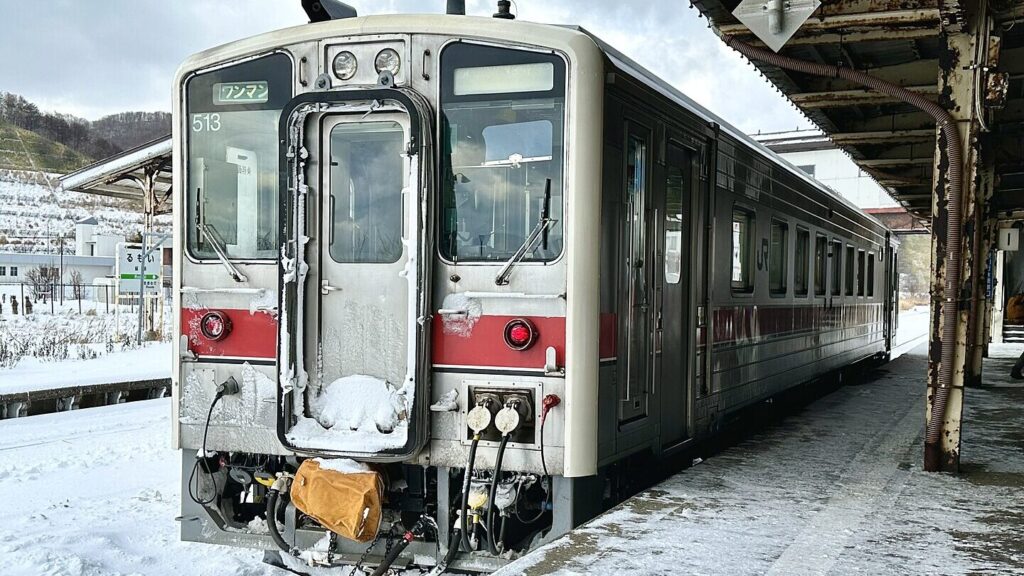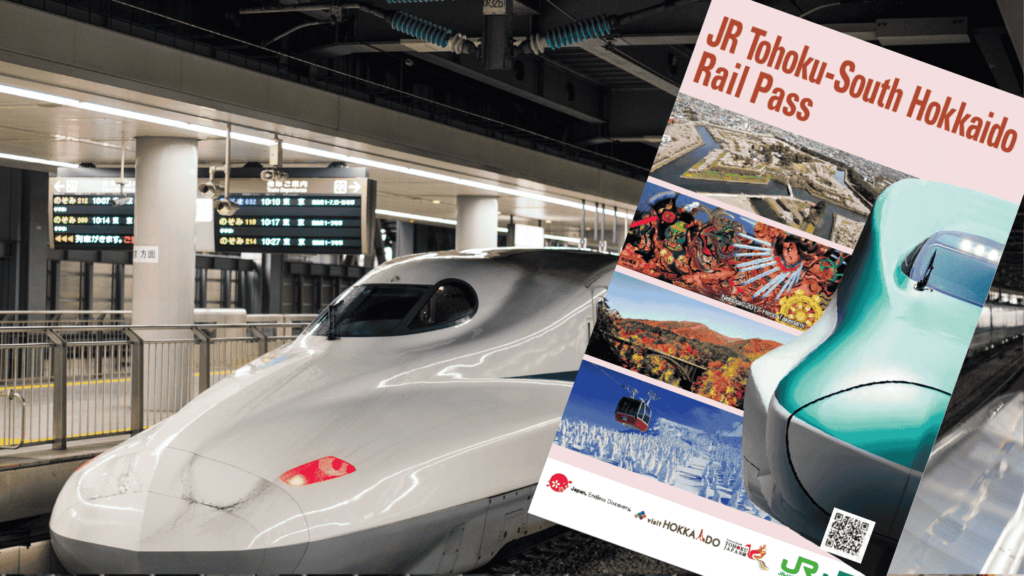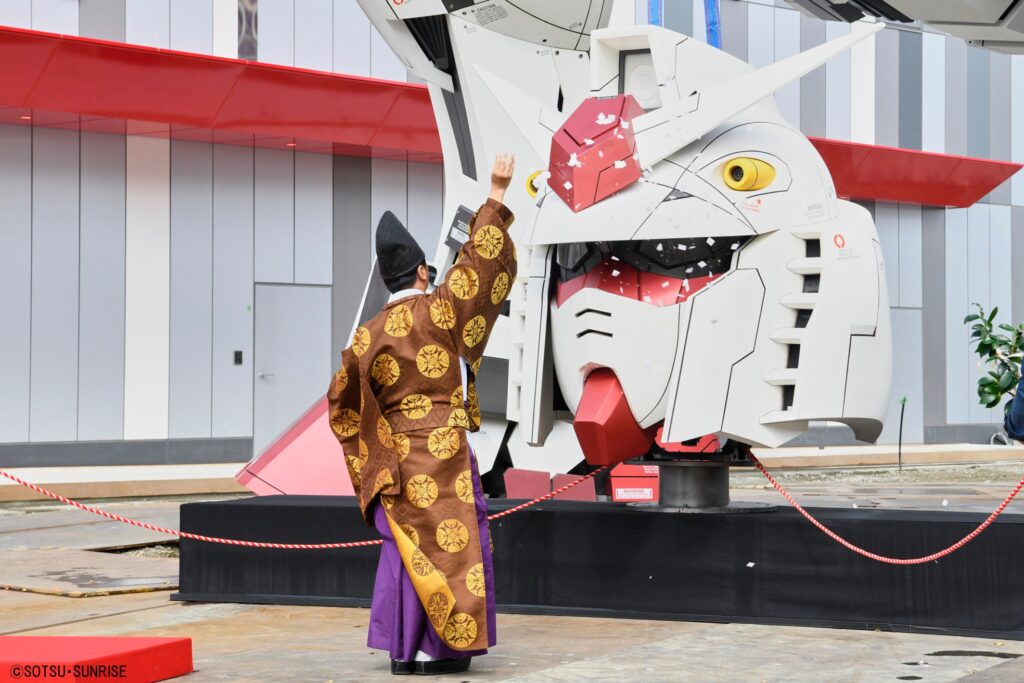Osaka airport is sinking into the sea at an alarming rate
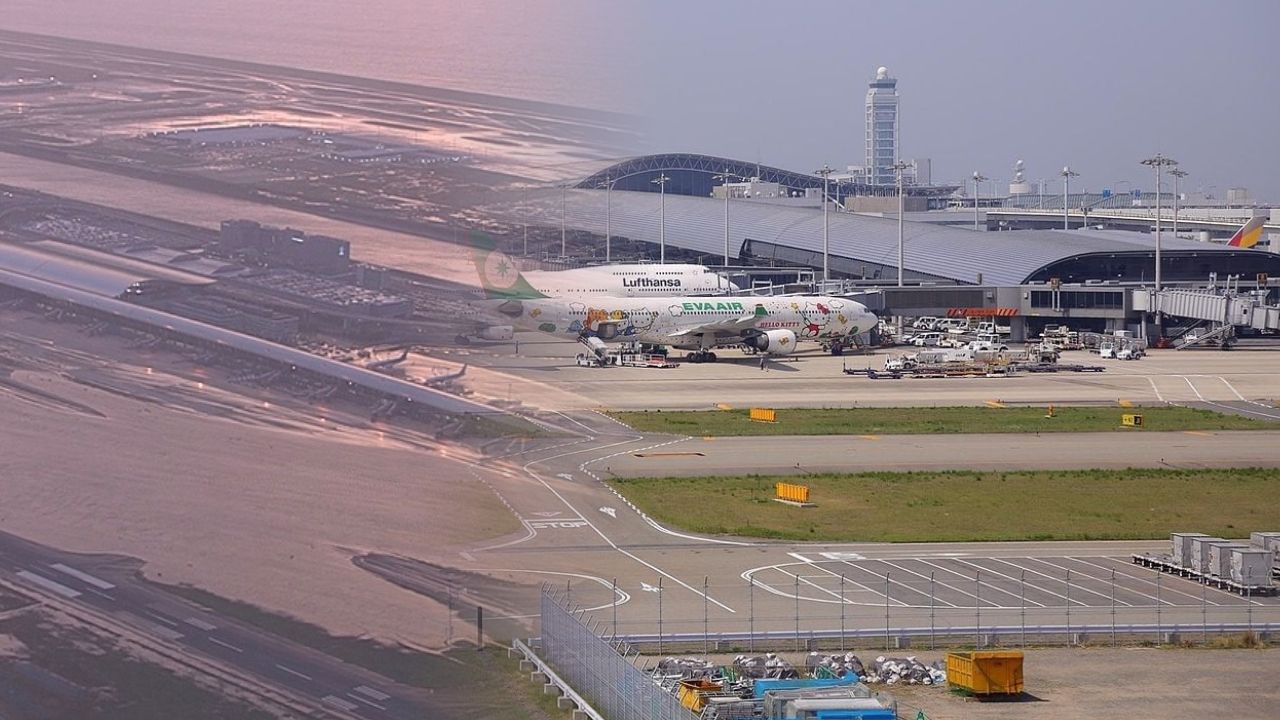
Kansai International Airport, which sees over 30 million visitors each year, is sinking into the sea.
The $19 billion aviation hub was built on two artificial islands in Osaka Bay but is now battling an ongoing issue with subsidence.
The airport, which serves the major metropolis of Osaka – Japan’s third-largest city, celebrated its 30th anniversary in 2024, accommodates approximately 30 million travelers annually.
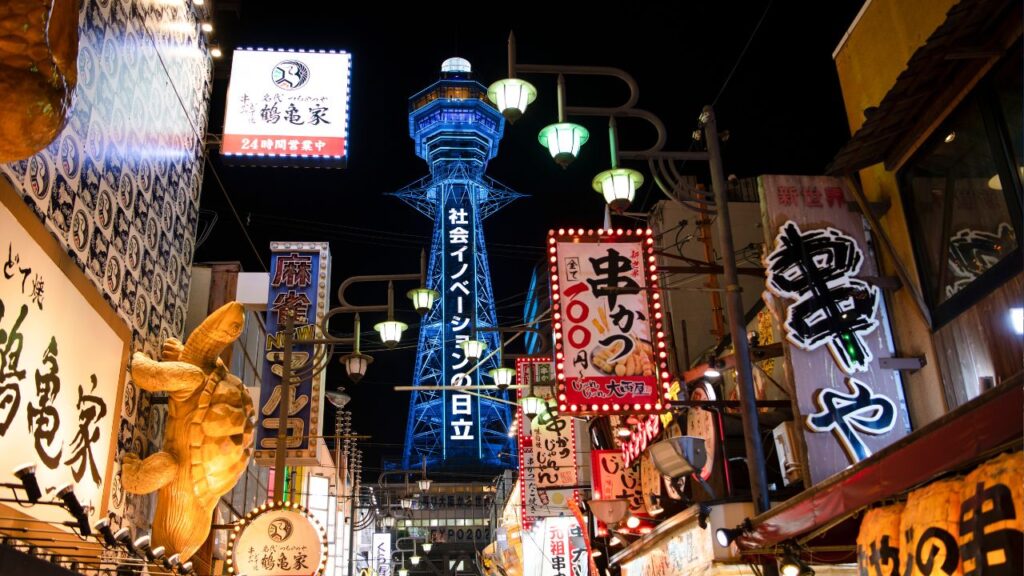
Opened in September 1994, the airport took two decades of planning and seven years of construction, marking it as the first airport ever built entirely on reclaimed land in an offshore marine environment.
Connected to the mainland by a 3.1km (approximately 1.9 mile) bridge, Kansai International Airport was built to alleviate overcrowding at the existing Osaka International Airport (Itami Airport) and establish a 24-hour international gateway for the Kansai region.
In three decades since it opened, Kansai International Airport has claimed numerous accolades and distinctions and world records.
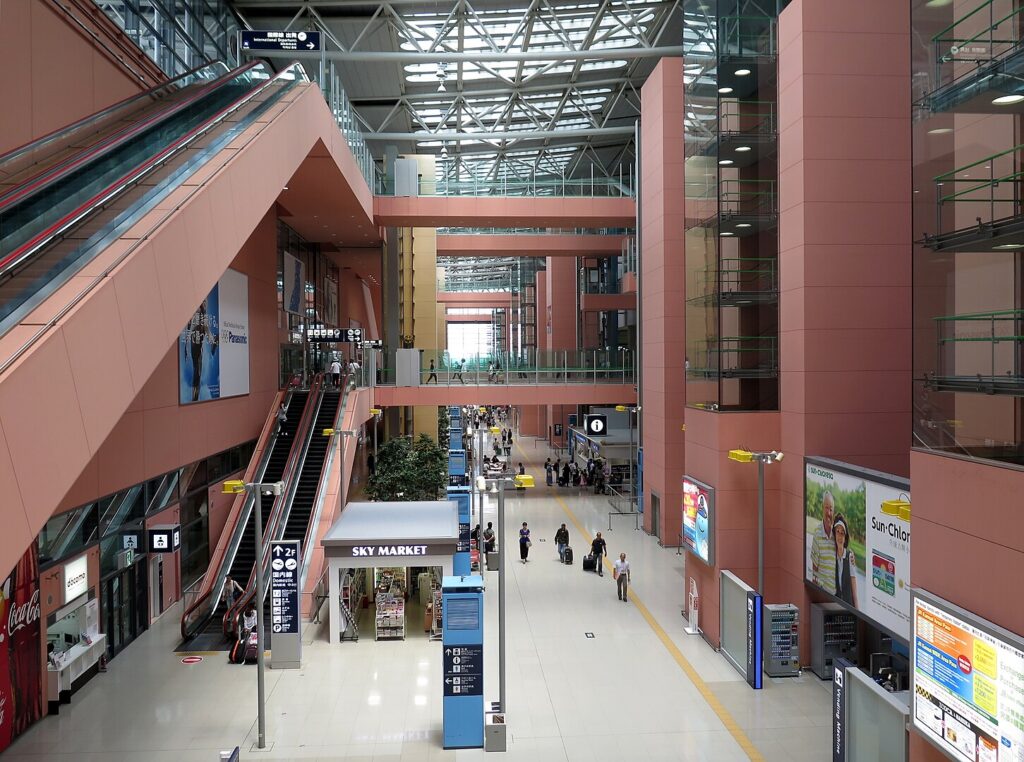
It boasts the longest terminal building in the world, stretching an impressive 1.7km (over 1 mile).
The airport also has an exceptional record for baggage handling, having allegedly never lost a single item of luggage.
Its engineering design also incorporates resilience against seismic activity, a crucial consideration given the chance of earthquakes occurring in Japan.
The runways are paved with a specialized asphalt and concrete mixture that allows them to flex and bend during an earthquake, mitigating the risk of fracturing.
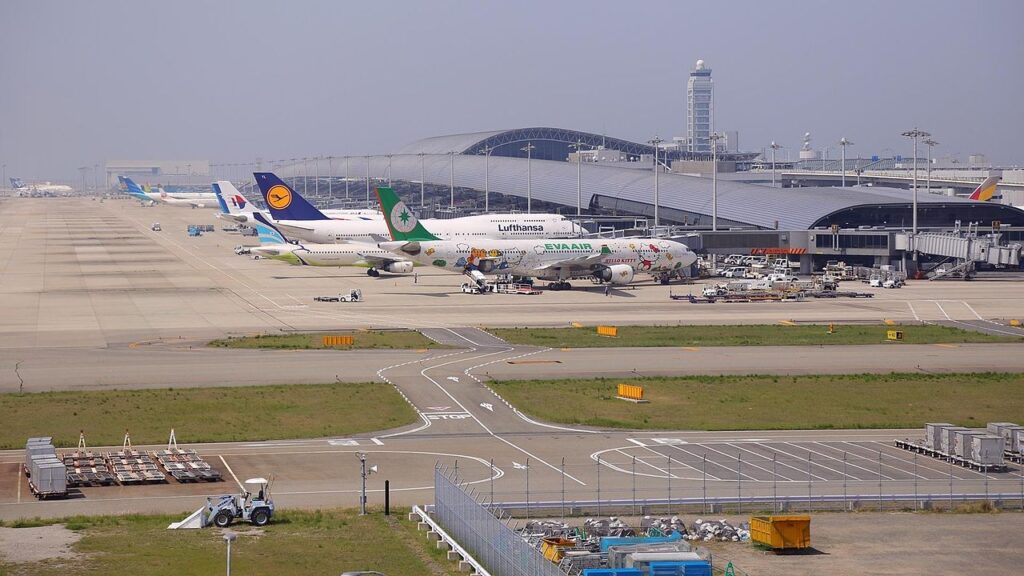
The terminal building was designed by renowned architect Renzo Piano and features a distinctive wave shaped roof.
The innovative roof design was the result of extensive studies aimed at maximizing the intake of cool air, thereby reducing the reliance on energy-intensive air conditioning systems.
In recognition of its ground-breaking engineering and societal impact, the American Society of Civil Engineers awared Kansai International Airport the “Monument of the Millennium Award” in 2001, placing it in the company of iconic structures such as the Hoover Dam and the Golden Gate Bridge.
Despite these achievements, the airport is grappling with an ongoing issue of land subsidence.
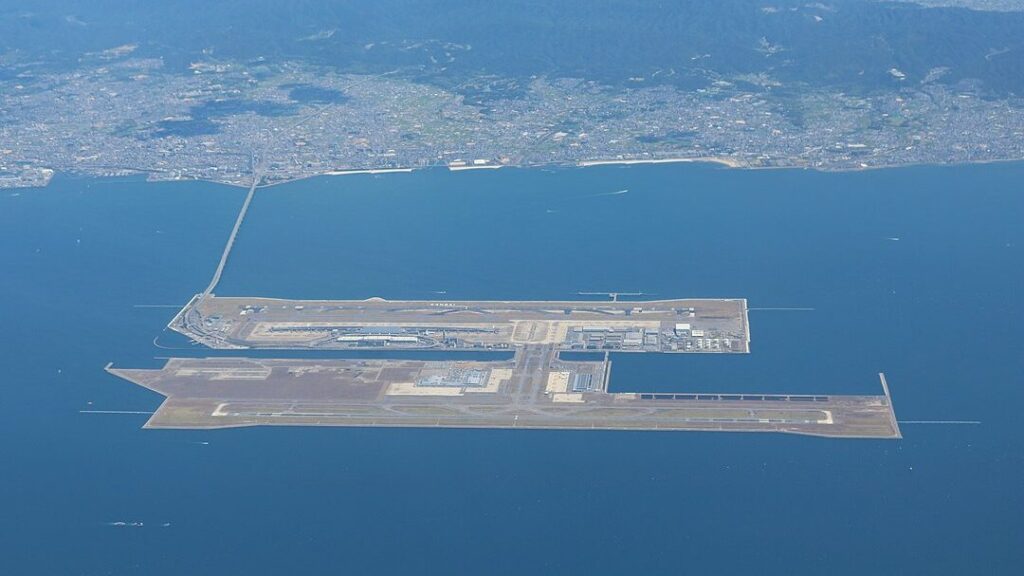
To date, Kansai International Airport has sunk by over 11.5 meters (approx. 38 feet) since its construction.
While engineers anticipated a degree of sinking due to the compaction of the reclaimed seabed, the rate of sinking in the early stages of construction proved to be considerably faster than initial projections.
Three years after construction began, it was observed that the airport was sinking at a rate of about 5cm (approximately 2 inches) per month, exceeding the expected rate.
Initial estimates projected a total subsidence of 8 meters (approximately 26 feet) over a 50-year period but this level was already surpassed by the time the airport opened in 1994.

By 2002, the airport had sunk by 12 meters (approximately 39 feet).
The underlying cause of the accelerated and continued sinking is attributed to the geological composition of the reclaimed land.
The artificial islands are constructed on a foundation of thick layers of clay interspersed with sand.
This complex soil structure has proven challenging to predict in terms of its reaction to the immense weight of the artificial islands the airport infrastructure stands upon.
In an effort to counteract the sinking, approximately $96 million was invested in bolstering the height of the artificial islands during construction.
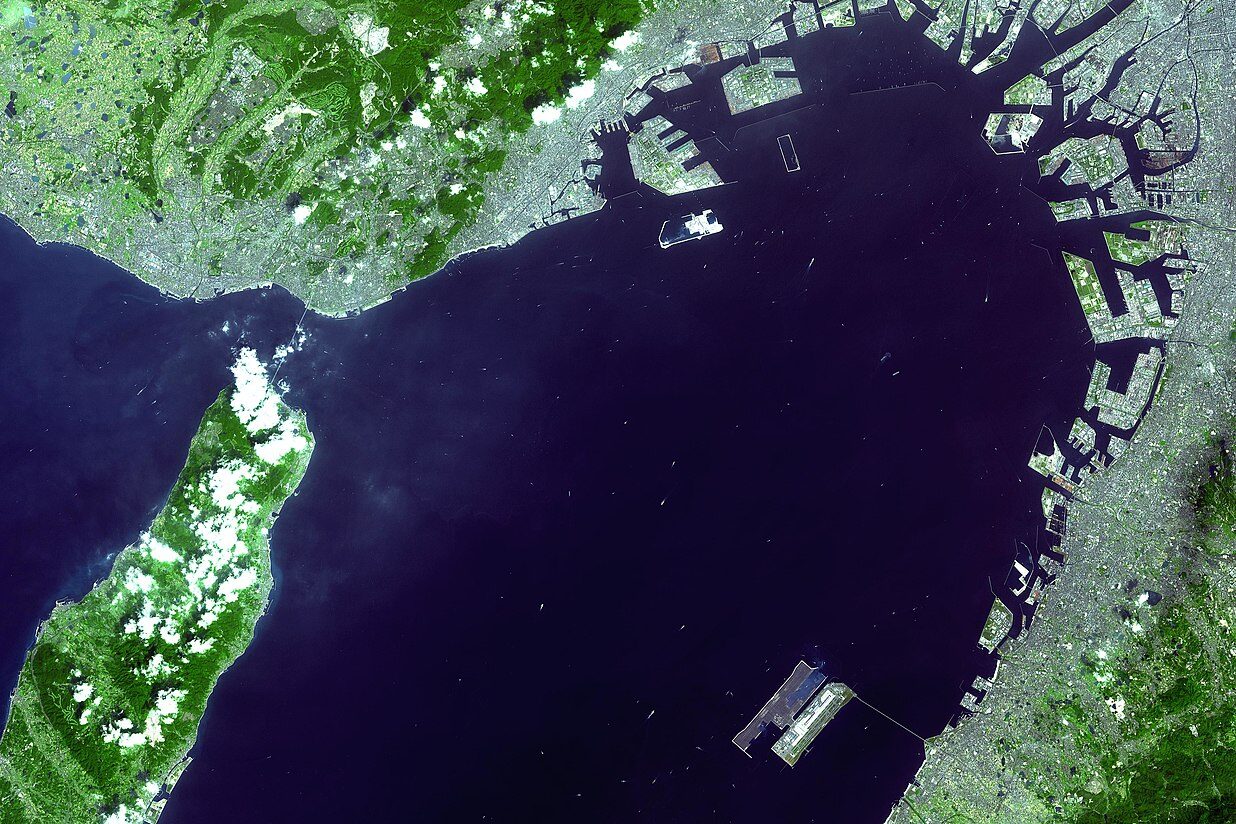
The aim was to ensure that the airport’s critical infrastructure remained at least 4 meters (approximately 13 feet) above sea level, a necessary elevation to prevent flooding during high tides and rough sea conditions.
While the rate of settlement has slowed significantly over time from around 50 cm per year in 1994 to about 7cm (2.7 inches) today, the risk of flooding remains a concern.
This was highlighted in September 2018 when Typhoon Jebi overwhelmed the airport’s seawall and caused the flooding of runways and led to two weeks of disrupted operations.
In response to this event, the seawall was initially raised by 2.2 meters (approximately 7.2 feet) in 2019, followed by an additional meter (approximately 3.3 feet) to the runway level.
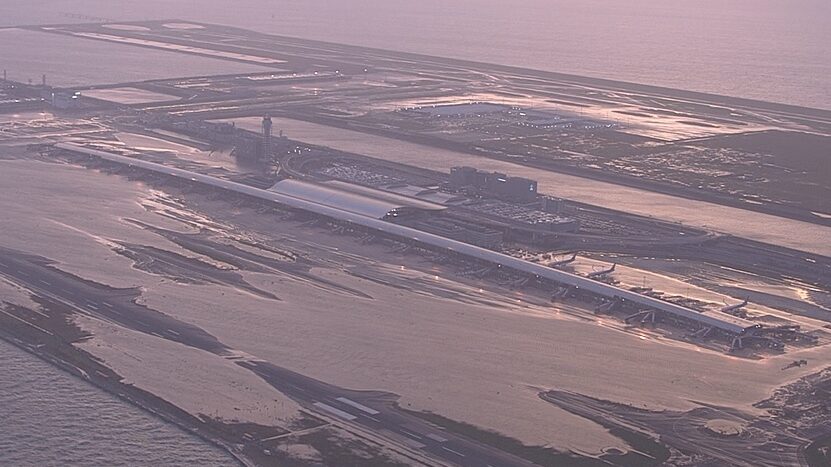
Subsequently, the seawall was further heightened by another 2.7 meters (approximately 8.9 feet) in an ongoing effort to mitigate future flood risks.
Despite the challenges posed by subsidence and the threat of typhoons, Kansai International Airport remains a crucial hub for major airlines such as All Nippon Airways (ANA), Japan Airlines (JAL), and Nippon Cargo Airlines.
Recognizing its continued importance as a regional aviation center, the airport is currently undergoing a significant $609 million renovation project aimed at improving its facilities and increasing its operational capacity despite the threat of it sinking further into Osaka Bay.
Source: Kansai International Airport (A,B), Mainichi Shimbun
Images: © City of Osaka, instagram.com/brazilexpo2025/, MBS News

